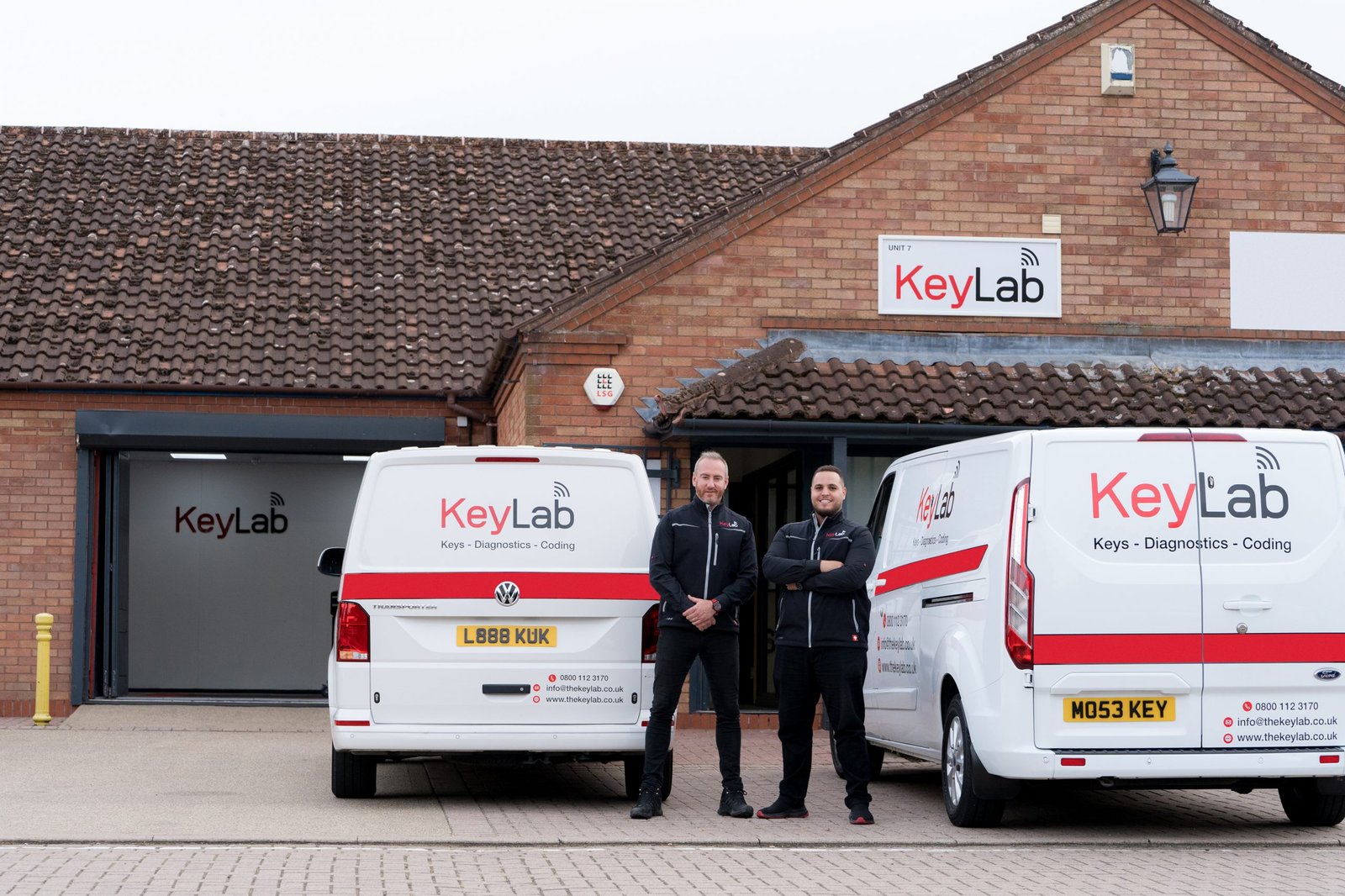How Car Diagnostics Near Me Was The Most Talked About Trend In 2022

Automotive Diagnostics
There are a variety of diagnostic tools that are available for automotive use. This includes back-pin probing Pattern recognition algorithms and Component failure alert systems. These diagnostic tools allow you to communicate via remote assistance services and also identify component problems. These tools are essential for making sure your vehicle is safe on the road.
Warning system to alert you to a component that is failing.
Modern vehicles are equipped with numerous electronic and internal systems that are able to monitor the performance of the vehicle. A malfunction could cause these systems. A warning signal will be sent to the driver if one of the components of the vehicle isn't working properly. Some warning lights point to the presence of a minor issue, like an empty gas cap. Other warning lights could be a sign of a more serious issue.
A system that detects malfunctions will store information that will aid repair technicians to identify the problem and repair it. Repair technicians are able to swiftly repair the issue if it is discovered in time. By heeding the warnings that a car owner should follow, they can enhance safety and cut down on the expense of maintenance.
Modern cars have an onboard computer diagnostics system that constantly checks all major functions and systems. It monitors the efficiency of fuel as well as harmful emissions as well as other vehicle functions. A warning light will flash on the dashboard when the component is damaged. This system, known as OBD, is used on personal vehicles, trucks, and commercial vehicles. It has become an industry standard and makes diagnosis much simpler.
These warnings take the form of Diagnostic Trouble Codes, or DTCs, and are the result of a diagnostic procedure that determines the cause of the issue. Diagnostics involves a thorough search for service information, pin-point testing of the vehicle, and inspecting the affected areas. It is important that you know the meaning behind these codes so that you can correctly diagnose the issue with your vehicle.
Communication between a car and remote assistance facility
In order for a remote assistance facility to be able to work with your vehicle you must have a method of communicating with it. Vehicle-to-vehicle (V2V) communication is a method used to connect with other vehicles and exchange data wirelessly. This technology permits the transmission of messages that are omnidirectional up to 10 times per second. It also aids vehicles to maintain the full 360-degree view of other vehicles. It can also utilize information from other vehicles to warn drivers of pending accidents. These systems also can use audible and tactile alerts to assist drivers in avoiding accidents.
Back-pin checking
Back-pin probing, a technique employed in automotive diagnostics, employs a sharp point to contact automotive connectors. These probes are able to be used on any vehicle model and are generally inexpensive. They are useful for testing live circuits without damaging connectors. This eliminates the need for cutting wire insulation.
Many technicians prefer using back-probing for automotive diagnostics. It is much more convenient than cutting wire insulation. These tools are easily fitted into connectors for cars using various tips. Many specialty back-probes are small in diameter, which reduces the force that is applied to the connector.
Some diagnostic kits for automotive use various connectors and probes, like banana plugs, alligator clips and pointed probe tips. Certain kits come with a variety of test kits. These kits enable you to quickly and easily measure the electrical signals that indicate an issue in the vehicle.
Back-pin probing is one of the most effective ways to test automotive connectors. It allows you to quickly connect or disconnect the test leads. Another advantage of this method of diagnosis is that it's cost-effective. This method can help you save time, money and even labour.
On-board diagnostics

The health of your vehicle can be monitored by the on-board diagnostics. It can also notify them that their vehicle is in need of repairs or maintenance. This technology can increase the efficiency of fuel and also improve reliability. This technology can be utilized to improve safety and performance by car manufacturers. mobile mechanic near me reduce time and cost by allowing drivers the ability to see how their car is performing without the need to wait at the mechanic's workshop.
Before the introduction of on-board diagnostics standard, manufacturers needed to create their own systems. The initial versions of the system relied on their own connectors, electronic interfaces, and custom codes to signal issues. Volkswagen and Datsun introduced the first systems in the year 1968 and 1978. The Society of Automotive Engineers (SAE), eventually required that all cars use the technology. California also required that all vehicles have on-board diagnostics by 1994.
The on-board diagnostics systems are so advanced that they run on the same computing power as a desktop computer. They are compatible with many mid-speed networks, and are now capable of handling massive quantities of data. Many on-board diagnostics systems incorporate sensors for vehicle speed, which can detect rough roads with precision. The sensors are incorporated into the engine control unit of the vehicle, or ECU.
OBD systems can spot problems in the engine of a vehicle and activate a warning light within the instrument cluster. When it has identified the issue, the OBD system stores the diagnostic trouble code. A mechanic is able to connect a scan tool to the OBD connector under the dashboard to read the trouble code. While reading a trouble code is helpful, it doesn't necessarily mean that a mechanic is aware of what's wrong with the car.
